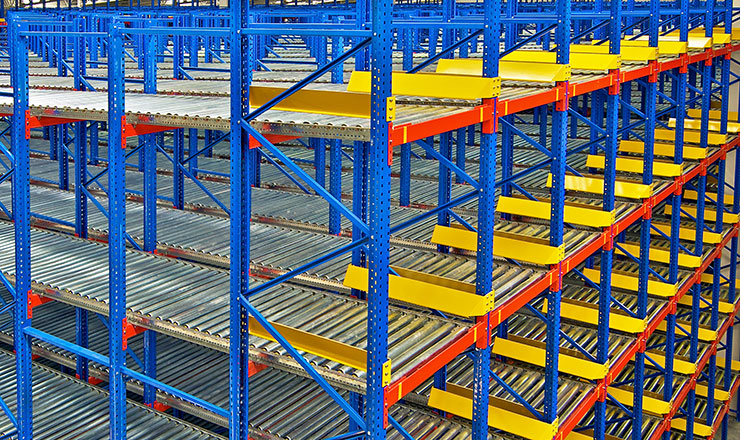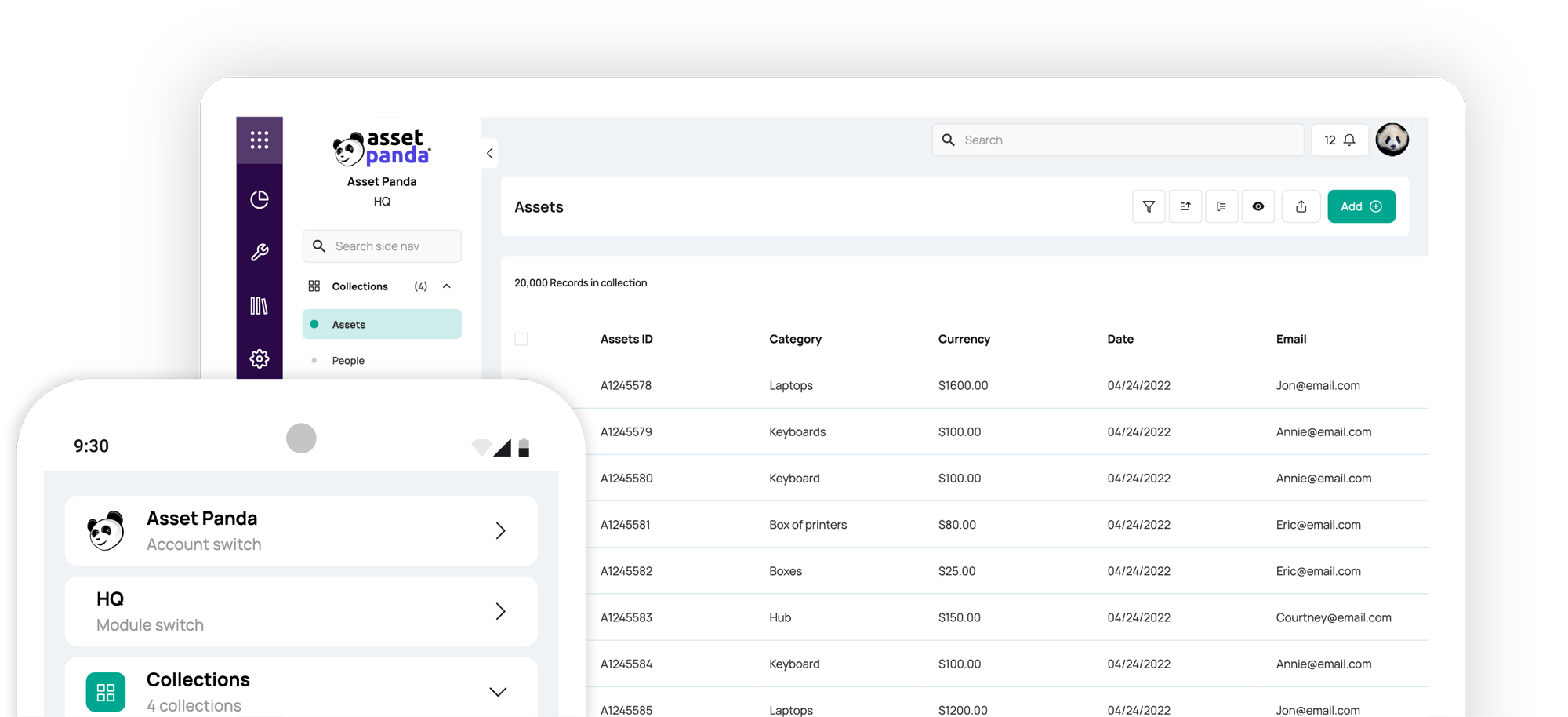Unpacking The Difference Between Wholesaler and Distributor
Blog

Table of Contents
Take Control of Your Assets
A personalized demo is just one click away.
When it comes to sourcing goods and delivering them to customers, no company is an island. Any supply chain relies on an intricate network of organizations with different roles in the process. Wholesalers and distributors both serve as product middlemen between manufacturers and retailers, but there are key differences in the way each performs their role. So what is a wholesaler? What is a distributor? Read on to learn their roles in the supply chain and how they impact business operations.
The Supply Chain
Before we dig into the difference between wholesaler and distributor, let’s first define what a supply chain is. A supply chain is an entire network of entities, directly or indirectly interlinked and interdependent in serving the same consumer or customer. It's comprised of:
- Manufacturers who convert raw material into products.
- Wholesalers and distributors who serve as go-betweens for manufacturers and retailers.
- Retailers who store those products as inventory and put them up for sale.
- Consumers who purchase the products.
Supply chains vary depending on the industry and context, but generally follow the pipeline above. Each link in the chain is dependent on the others in order for the entire supply chain to run smoothly.
Wholesaler vs. Distributor: Key Differences
There can be confusion on the difference between “wholesaler” and “distributor” because the terms are often used interchangeably. While it’s true that both are intermediaries between manufacturers and retailers, the way they go about that role differs significantly.
What is a wholesaler?
A wholesaler works between manufacturers and retailers on behalf of the retailer. They purchase large quantities of products from manufacturers (also called buying wholesale) in order to take advantage of a lower price than if they were to buy single items. The wholesaler will typically buy goods directly from the manufacturer but could also buy from a reseller. In either case, the wholesaler gets a discount for buying in bulk and passes on those savings to the retailer, too.
What is a distributor?
A distributor works between manufacturers and retailers on behalf of the manufacturer. They works closely with a manufacturer in order to sell more goods and gain better visibility on these goods. Distributors find wholesalers who will resell their products. Just as a wholesaler works more closely with retailers to match their needs through buying products in bulk at a discount, a distributor works more closely with manufacturers, taking a more proactive role in educating retailers about new products.
So what’s the difference?
What really helps define the difference between wholesaler and distributor is that the wholesalers’ primary goal is to satisfy the needs of the retailers. They have the advantage of being able to adjust their products to whatever the retailers need. A wholesaler only fulfills orders from retailers and assumes no role other than satisfying retailer demands.
A distributor, on the other hand, in addition to executing passively received orders, acts as a sales representative for the manufacturer. They actively look out for orders from various sources in the market, execute the orders, and also manages returns. A distributor is also involved in promoting a manufacturer’s products to retailers while a wholesaler is not.
How to Manage Wholesalers and Distributors
Most organizations count a variety of wholesalers and distributors among their supply chain. It’s crucial to implement a vendor management system that can help cut through the confusion of who is who by tracking and managing the onboarding of new vendors. Your company’s suppliers are critical to your success and in many cases are at the center of your organization’s processes and activities. That’s why it is so important to effectively manage your relationships with them.
To help aid with that, Asset Panda offers the ability to manage vendors in a system that keeps real-time data easily accessible from anywhere at any time, so you can work smarter. This tool enables users to:
- Manage approved and qualified vendors.
- Track onboarding progress for new vendors.
- Host reliable data regarding qualifications, locations, pricing, and vendor tiers.
- Easily identify qualified vendors for specific projects.
- Enable restricted access for vendors to submit their own bids within Asset Panda.
- Manage communication with vendors including sending them bids.
- Create contracts within the application and have vendors place bids.
- Manage the procurement process (for example: tracking market rates per vendor).
Vendor management is only part of the service Asset Panda provides. Our platform also offers a holistic solution for inventory management—no matter what part of the supply chain your company occupies.
How to Support Asset and Inventory Management
Whether you operate a manufacturer, a distributor, a wholesaler, or a retailer, you rely not only on fixed assets (equipment you need to get the job done) but also inventory (products your organization retains before directing them further down the supply chain). It’s essential to keep track of both assets and inventory in a reliable, real-time system in order to avoid costly losses and maintain efficiency in your day-to-day operations. That’s where Asset Panda comes in.
With Asset Panda, you don’t have to choose between tracking assets or inventory. Using Asset Panda’s robust taxonomy, you can keep track of your company’s most essential equipment and the products it sells to meet its bottom line in the same platform. Here are just a few of the use cases available in our easily customizable system:
- Track the location of your inventory as it makes its way from one warehouse to another, or as it is transferred from one link of the supply chain to the next.
- Access information right on your smartphone, such as an inventory item’s last pinned location and condition, complete maintenance history, insurance information, warranty, lease/purchase information, and even its GPS coordinates.
- Create customized reports, set up notifications and alerts, and create work orders all on the same platform.
Leave managing vendors, assets, and inventory to us so you can focus your organization’s energy on doing what you do best. Find out how Asset Panda can separate your business from the competition when you request your free customized demo today.
Take Control of Your Assets
A personalized demo is just one click away.
Related News & Press
Learn more from a solution specialist
Schedule a demo to find out how you can transform your workflows with Asset Panda Pro
Contact our team at (888) 928-6112



